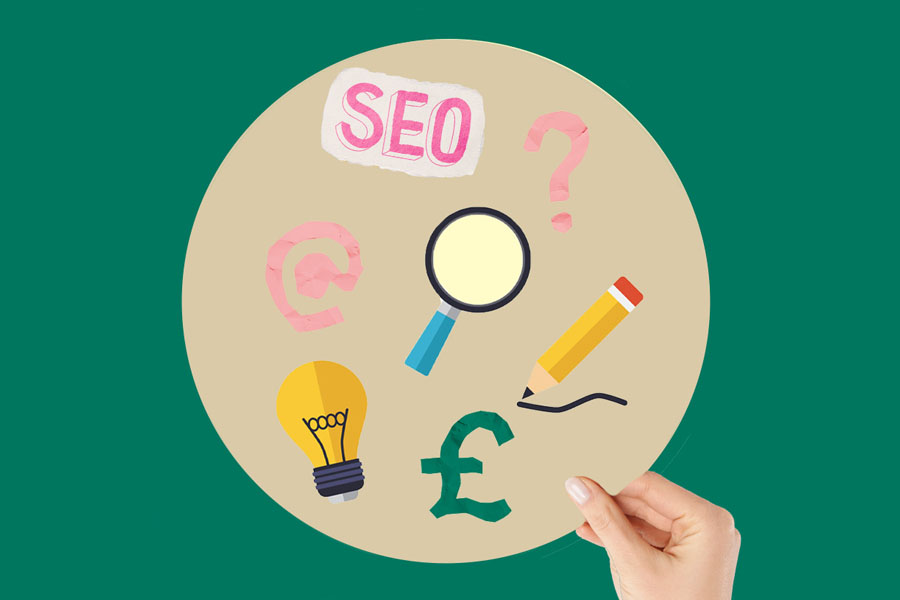Commercial creativity, as creativity in general, has been undervalued for decades. However, as our world is being taken over by technology and its incredibly fast advancements, one thing cannot be replaced – human creativity. According to the World Economic Forum, creativity will be the third most important skill for employees to have followed closely by critical thinking and problem solving. But how can you, as a creative founder, use commercial creativity in your own business?
WHAT IS COMMERCIAL CREATIVITY?
Let’s start by defining the concept of commercial creativity. To me, commercial creativity is a skill which we use in our business, specifically when it comes to activities crucial for commercially-driven results. By using commercial creativity, we:
1. Generate ideas and explore new possibilities (strategy, planning, innovation)
2. Solve problems (product and service you offer, customer service, operations)
3. Communicate with others (staff, customers, clients, suppliers and collaborators)
4. Entertain, inform and inspire ideas (marketing, communications, PR)
WHERE CAN YOU USE IT IN YOUR OWN BUSINESS?
There are many areas of your business where you can engage commercial creativity (front and back office). However, in this article I want to focus on the most critical area where you can make an impact with your creativity straightaway. Sales. Assuming that your product or service is best as it can be and you have gone through the production process, your creativity can be channeled into the following:
1. Marketing and communication
Think marketing is boring and a tedious task? Approach it with your creative mind and you’ll see it differently. Using your problem solving skills, empathy and the connection you’ve built with your customers or clients as tools, you can brainstorm ideas that push the way you market and communicate your brand outside the norm.
Example: A promotional marketing material that doesn’t showcase your product or service
2. Advertising campaigns
Advertising is known for its abundance of creative ideas yet small brands don’t explore the opportunities this discipline has to offer. Even though we are bombarded with thousands of adverts every day, not many stand out or are memorable enough to be talked about. Using your imagination allows you to unpack ideas that don’t cost the earth yet attract attention and customers who happily convert into sales.
Example: Guerrilla marketing
3. Experiential events
It is said that 50% of people who attend an experiential event capture and share between two and five photos, videos or social posts. Experiential events are all about immersing customers into your world and getting them involved in the campaign or event you create. From workshops, tutorials to product demos, challenges or design tours, you, as a creative business, are well positioned to benefit from such activities.
Example: A tour of a showhouse, make-your-own workshop, styling sessions, a fashion show in a boutique
4. Collaborations and partnerships
Business development is another area of your business where you can utilise creativity for commercial growth – more specifically the way you approach collaborations and partnerships for brand visibility, exposure and diversification into new markets, which otherwise you’d struggle to get into on your own.
Example: Cross-collaborations (an artist collaborates with a beauty brand or a lighting brand collaborates with an interior designer)
5. Customer engagement
Creativity can also be applied to the way you communicate with your customers or clients. It allows you to take their feedback and try different approaches to improving the service you provide and make them even happier.
Example: loyalty schemes, activities on social media
THE PROCESS
Similar to any other creative project or work start with research and concept. Get inspired while you’re doing your research and begin generating some ideas. Organise a brainstorming session, with mind-mapping if the project requires it, and conclude the session with more firm ideas. Make a final decision and start to plan your project in terms of timeline and in conjunction with any other activities you already have scheduled, for example, any awareness days if it’s PR related. Then, to make your project come to life, you design, create and present it. See what the response is and monitor all feedback. As I always say: implement, test and adjust accordingly.
In summary, if you look at your brand from customers’ perspective, they care about what you offer only to some extend. What they care about more is the way you make them feel – how they are emotionally connected and empowered by your mission, purpose and values. That’s why using your creativity in the five areas above is so important. Creative thinking and skills you already are using in other areas of your business help you to better communicate who you are as a brand, what you stand for and how you transform your customers’ lives. This, in turn, adds to your brand uniqueness, giving you a competitive advantage and driving more sales.
Inside our KNOWLEDGE SHARE membership we delve into specific ideas covering each area in much more detail, giving you the tools, templates and processes which you can apply in your business straightaway. If you want to find out about it more, please click or tap here.










